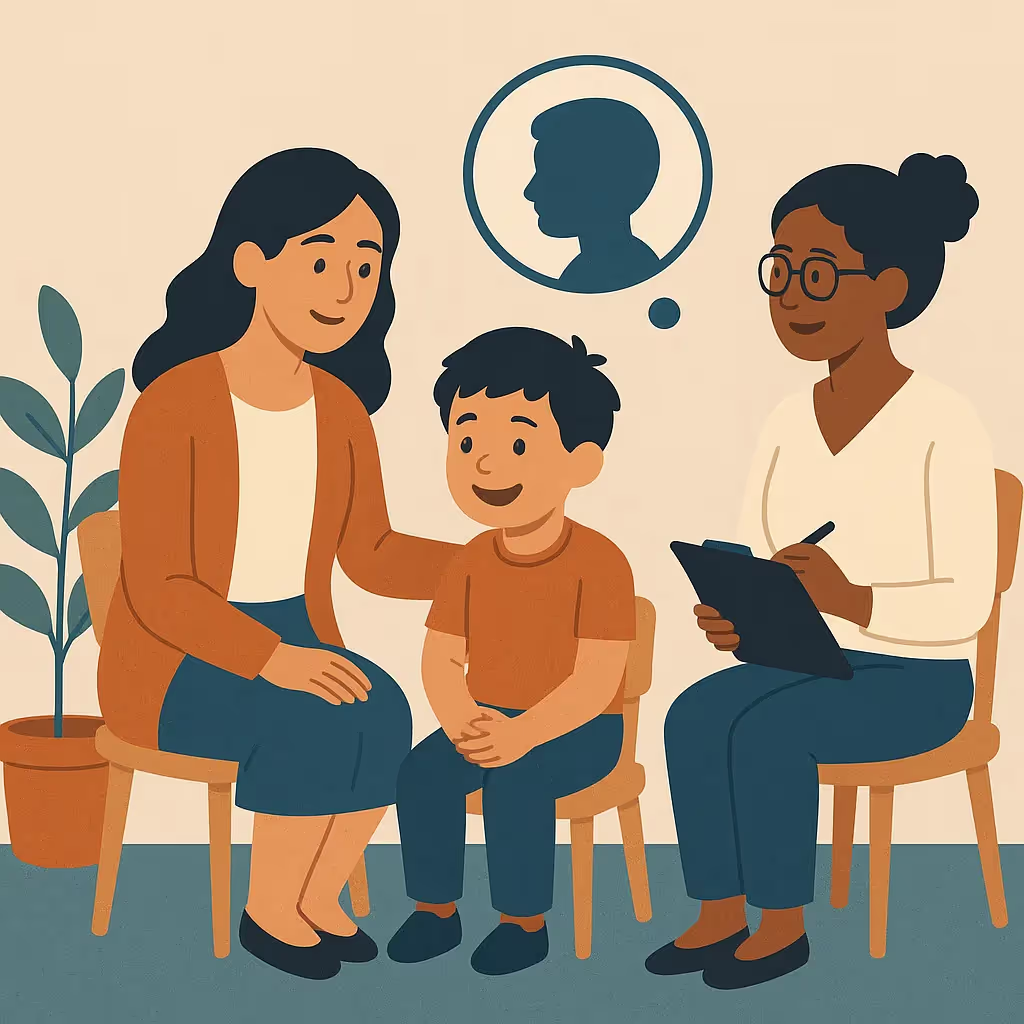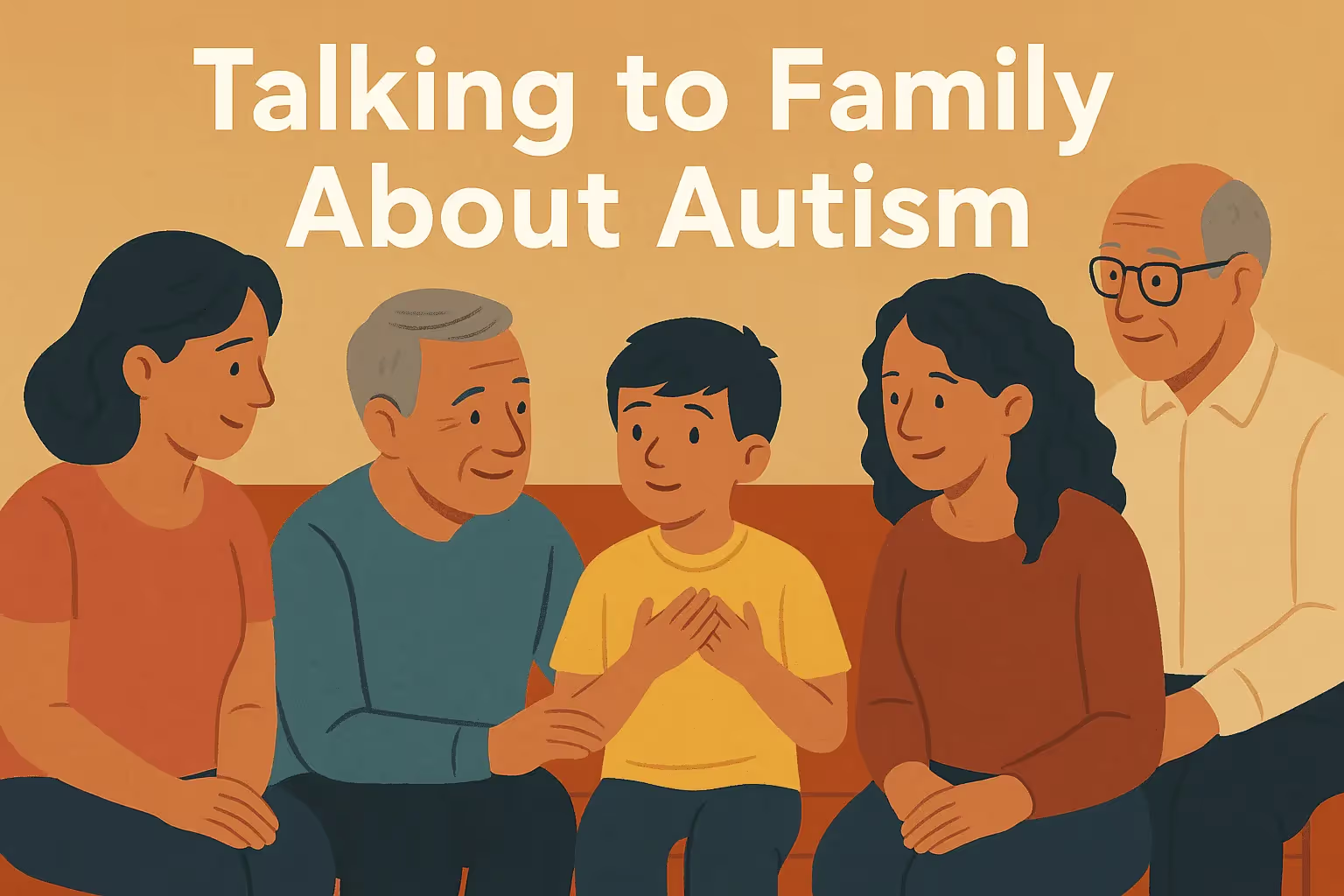Why ABA Therapy Is Controversial (and What Families Should Consider)
Why ABA Therapy Is Controversial (and What Families Should Consider)

Why ABA Therapy Is Controversial (and What Families Should Consider)
Introduction
Applied Behavior Analysis (ABA) therapy is one of the most widely recommended interventions for autistic children, and also one of the most debated. The ABA therapy controversy centers around its history of aversive practices, its focus on compliance and masking, and its traditional emphasis on reducing behaviors rather than supporting autonomy.
For many in the autistic community, ABA is tied to a legacy of compliance-driven methods and efforts to normalize behavior, sometimes at the cost of well-being. At the same time, many families rely on ABA because it is accessible, structured, and often the only funded option available.
This post aims to tell the truth about ABA’s complex history and controversies while also offering support and clarity to those trying to make informed decisions. ABA is not one-size-fits-all. Like any therapy, its impact depends on the provider, the methods used, and whether the child’s voice is truly centered.
What Is ABA Therapy?
ABA is a structured approach rooted in behaviorism. It uses observation and repetition to build skills and reduce behaviors that are seen as unsafe or disruptive. For example, a therapist might use play-based activities to help a child learn daily routines like brushing teeth or using communication tools.
ABA is endorsed by many medical institutions and is often the first recommendation following a diagnosis. In many places, it is one of the few autism-related therapies covered by insurance, which contributes to its accessibility and widespread use.
Why Is ABA Controversial?
Early history and harmful methods
ABA was first popularized by Dr. Ivar Lovaas in the 1960s. Early practices included aversives such as withholding food, slapping, or forcing eye contact. These strict approaches to shaping behavior left lasting negative perceptions, and many autistic adults describe them as deeply harmful.
Compliance and masking concerns
Even today, many autistic self-advocates argue that ABA often prioritizes compliance over autonomy. For example, some children are taught to suppress stimming or to tolerate uncomfortable situations without having their distress acknowledged. Advocates describe this as “masking,” meaning learning to appear indistinguishable from peers rather than being accepted as they are.
Narrow focus on behavior reduction
Critics also note that traditional ABA emphasizes reducing “problem behaviors” instead of supporting communication, sensory needs, or emotional regulation. This approach risks framing autism as a deficit rather than recognizing it as a neurodevelopmental difference.
Balancing modern perspectives
Many providers have moved away from punishment-based or compliance-only methods. Many now emphasize functional communication, regulation, and family goals. Still, experiences vary. For some families, ABA feels supportive and empowering. For others, it has been invalidating or traumatic. Both perspectives are valid and deserve to be heard.
Why Families Choose ABA
Choosing ABA does not mean families ignore critiques. It often reflects the reality of limited support in an overburdened system. Families may turn to ABA because:
- It is covered by insurance, making it one of the only affordable options (ABA is mandated for coverage in most U.S. states).
- It provides structure and predictability for children who benefit from routine.
- Some providers emphasize communication, regulation, and family-centered goals.
- Families may see progress in areas like safety, independence, or daily living skills.
As one parent explained, “ABA was the only therapy our insurance covered, and with the right therapist, we’ve seen growth in my child’s ability to express themselves.”
Experiences are diverse. Some individuals have painful memories of ABA, while others have found meaningful support. Families deserve judgment-free guidance as they navigate these choices.
Personalization in ABA: What to Look For
Every child is unique, and support should reflect that. An individualized ABA plan should:
- Celebrate the child’s strengths and interests.
- Be flexible and adaptable, for example by allowing stimming breaks or supporting AAC use.
- Focus on skills that matter to the child and family, not just behavioral compliance.
Green Flags in a Provider
- Therapy goals are set collaboratively and reviewed regularly.
- The provider values your child’s autonomy, communication, and sensory needs.
- There is openness to feedback and transparent communication.
- Strategies support meaningful growth, not masking or suppressing natural behaviors.
Red Flags in a Provider
- Focus on making your child look more “typical” without considering their comfort.
- Use of punishment, forced compliance, or ignoring distress.
- Dismissal of your child’s emotional or sensory cues.
- Reinforcement used only to shape “normal” behaviors, not to support authentic communication.
- Lack of willingness to tailor or adjust goals to your child’s needs.
How to Talk to a Provider About These Issues
If you are working with or considering a provider, you might ask:
- “How do you determine which behaviors to focus on?”
- “What happens when my child says no or shows distress?”
- “How do you incorporate our family’s values and my child’s preferences into the plan?”
A provider who welcomes these questions is more likely to respect your child’s needs.
From Myths to Modern Understanding
Past narratives treated autism as a disease to be cured or hidden. Today, autism is understood as a neurodevelopmental difference, not something that needs to be erased. The goal is not assimilation, but supporting autonomy, well-being, and happiness in a way that works for the individual.
The Future of Support: Inclusion and Neurodiversity
The neurodiversity movement reframes autism as a natural variation in human brains and behavior. This perspective promotes:
- Respect for diverse communication and sensory styles.
- Inclusion in schools, care teams, and decision-making.
- Centering lived experience in therapy design.
- Support that prioritizes autonomy, not compliance.
Parents should also be aware of alternative or complementary therapies, such as speech therapy, occupational therapy, and developmental play-based approaches. ABA is one path, but not the only one.
Concluding Thoughts
ABA is a nuanced topic, and it should be. Families deserve honest information about the ABA therapy controversy, as well as compassionate guidance for making decisions. Providers deserve opportunities to reflect and grow. Autistic people deserve to be at the center of every conversation.
Moving forward is not about choosing sides. It is about choosing care that respects each person’s voice, values, and potential.
High Quality, Local ABA
If you are ready to partner with a local BCBA and receive the highest quality of care, reach out today!












